If you planning to a long trek and want to carry your own shelter along the way, ultralight tents may not offer luxury accommodation – but a lighter load makes for a much more pleasant day’s walk
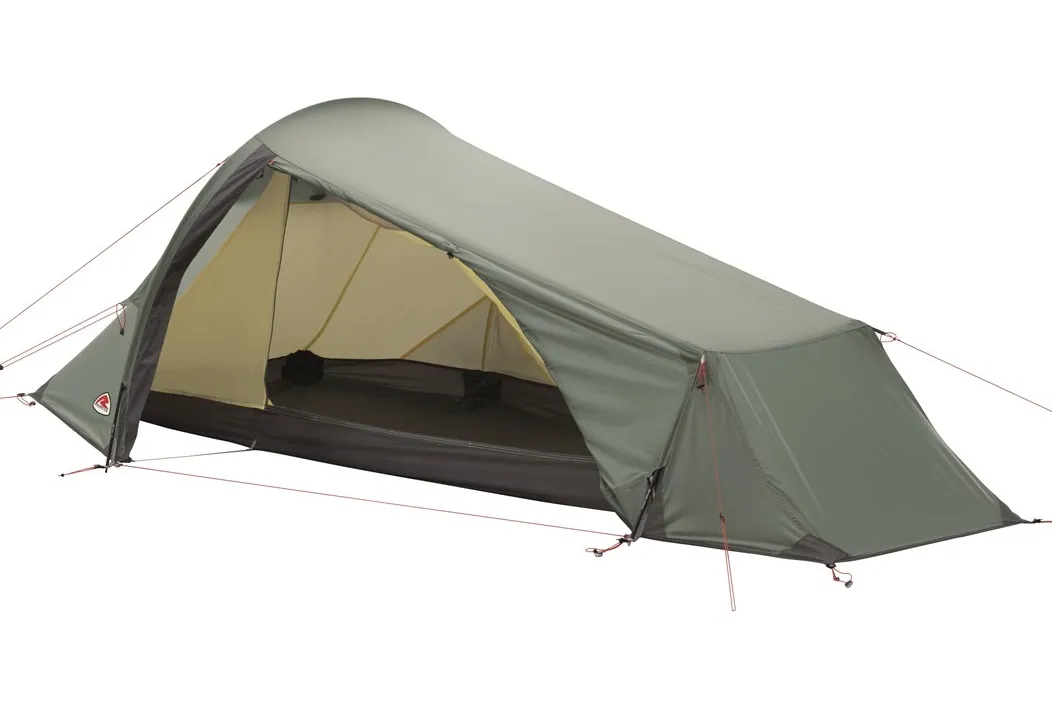
Goldcrest 1
Robens, £449*
When you are tramping for miles, every gram you are carrying counts.
At a thrillingly light 1,170g – not much more than a bag of sugar – this little solo tent spells adventure.
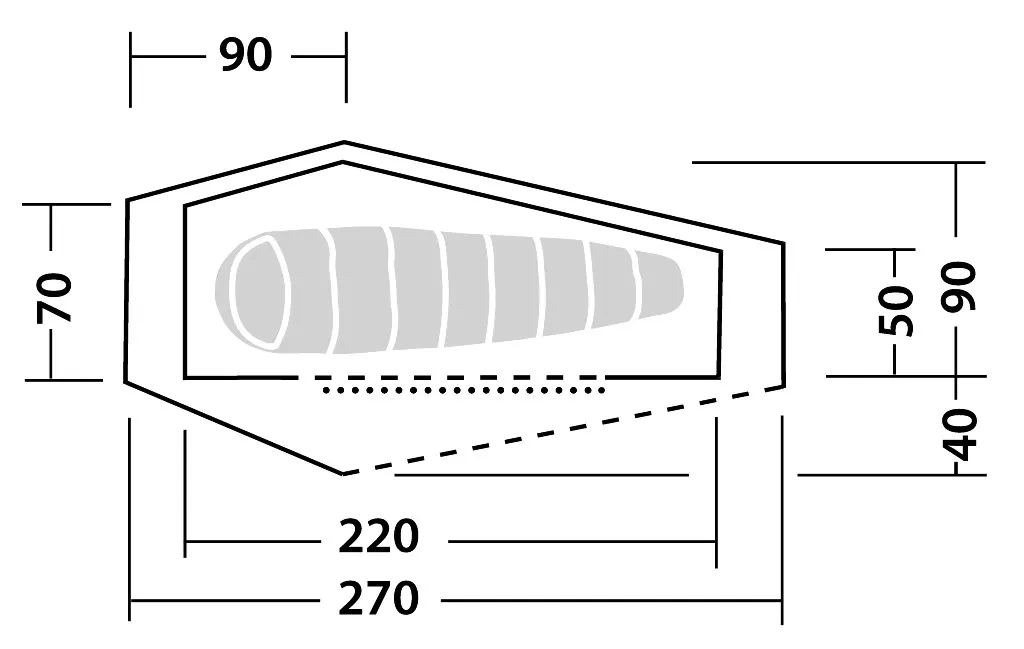
Packed, it measures a wee 48cm x 10cm; once pitched, it’s just big enough inside. There is length for a person much taller than my 5ft 10, but not much turning space. The porch wides widens to a modest maximum of 40cm, so stowing a big backpack there is a squeeze.
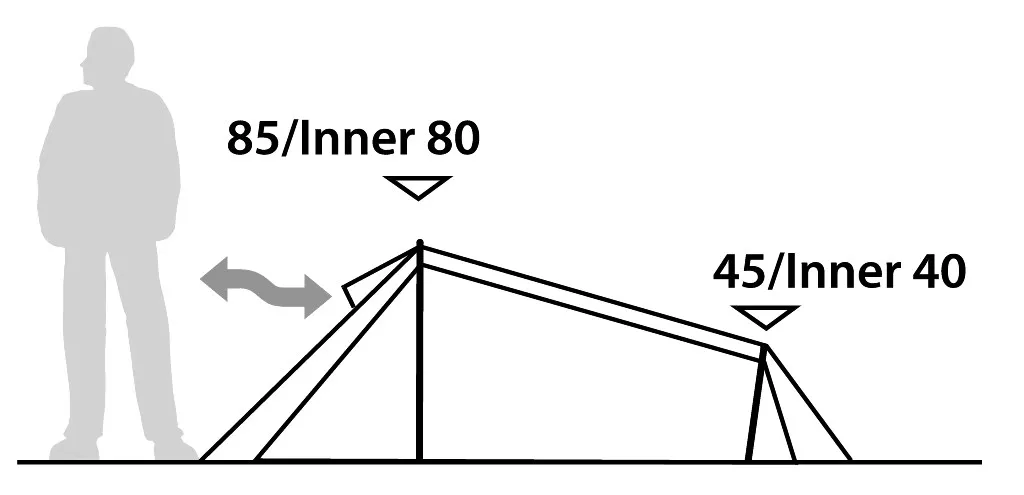
The main pole above your head provides 80cm of internal height: possibly not big enough to sit up in – depending of course on your height – but enough to keep claustrophobia at bay.
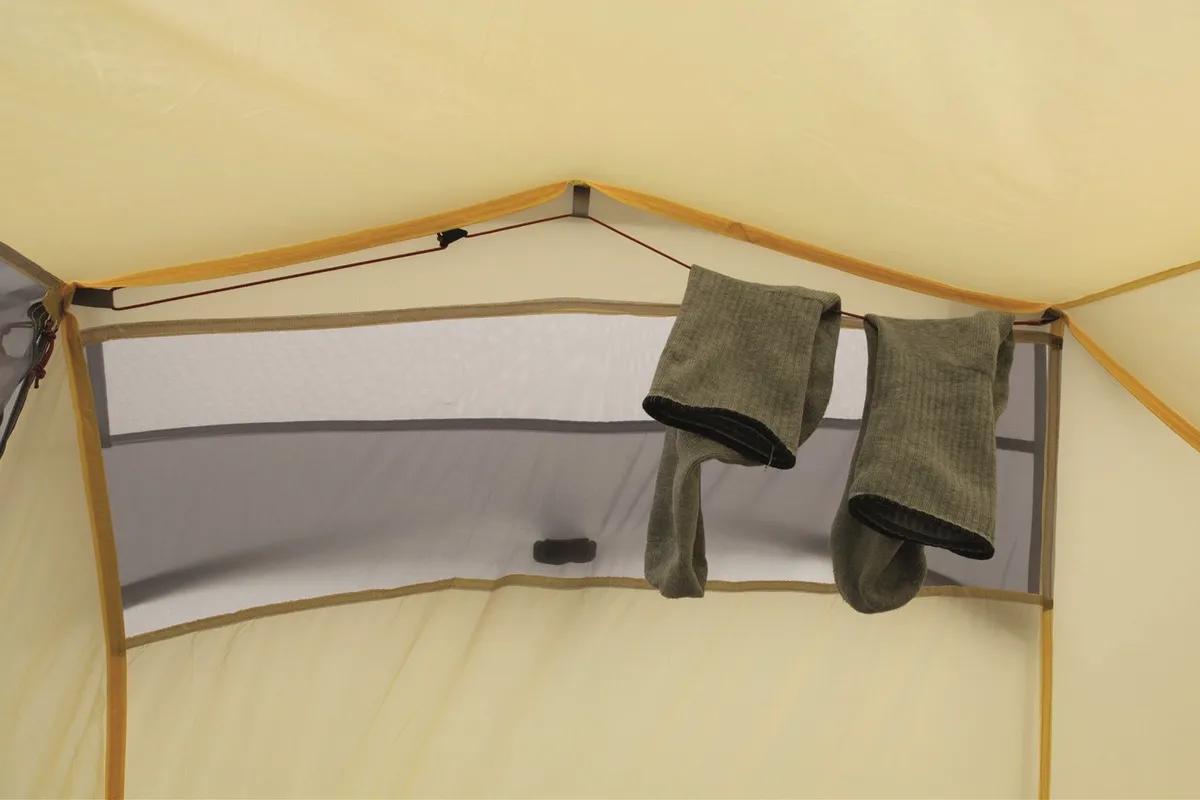
Frills are necessarily few. There’s an internal line (above) to hang a light or a pair of wet socks or a light. The inner tent is a pleasant pale yellow.
That’s about it. Not even a pocket. But then you weren’t expecting the Taj Mahal.
What matters rather more is its ability to offer shelter in tough conditions. The Goldcrest’s streamlined profile offers excellent wind resistance: in tests Robens say it copes with an average 130KMH wind speed.
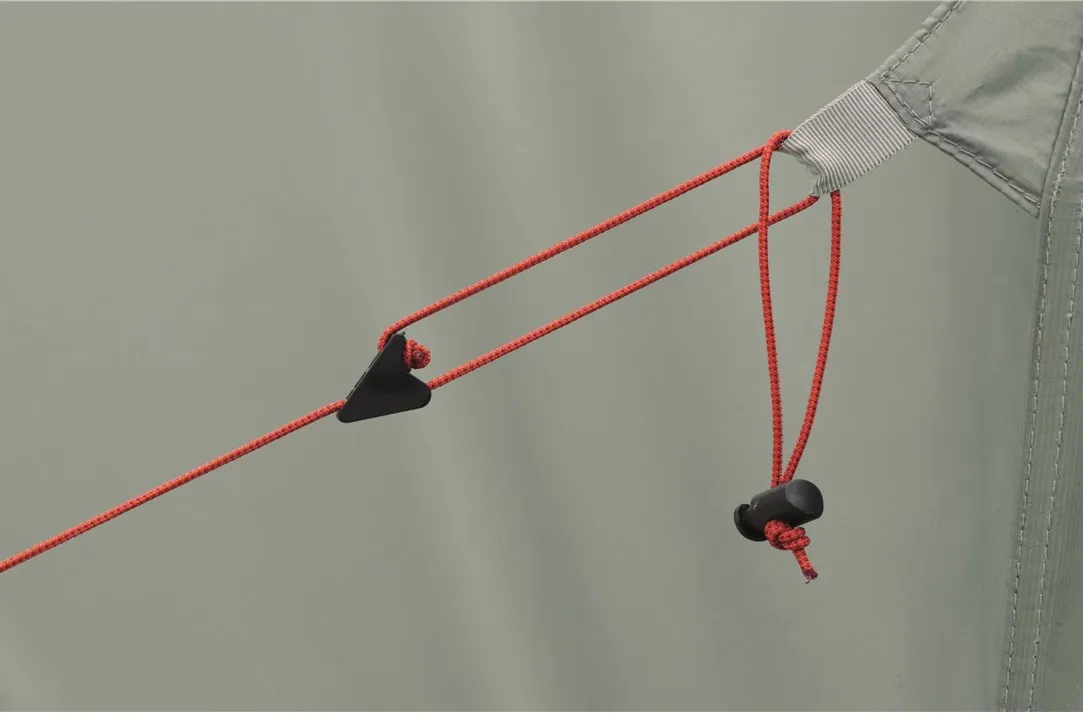
Pitching is easy, though you might have to work to make the flysheet’s mid-section as taut as you would like. A pair of short poles provide some clearance at the lower end of the tent. Guys are simple to use and lock easily.
Finally, the neutral grey-green helps you blend in to your surroundings – ideal for wild camping.
Essential info
Weight: 1170g
Poles: carbon and alloy
Flysheet: siliconized polyester; Hydrostatic head: 2,000mm
Ground sheet: nylon, HH 7,000mm
Pack size: 48cm x 10cm
VERDICT
Ultralight and minimal, ideal for stripped-back backpacking.
• TIP: Shop around – one major outdoor retailer was selling the Goldcrest 1 for £320 at the time of writing.
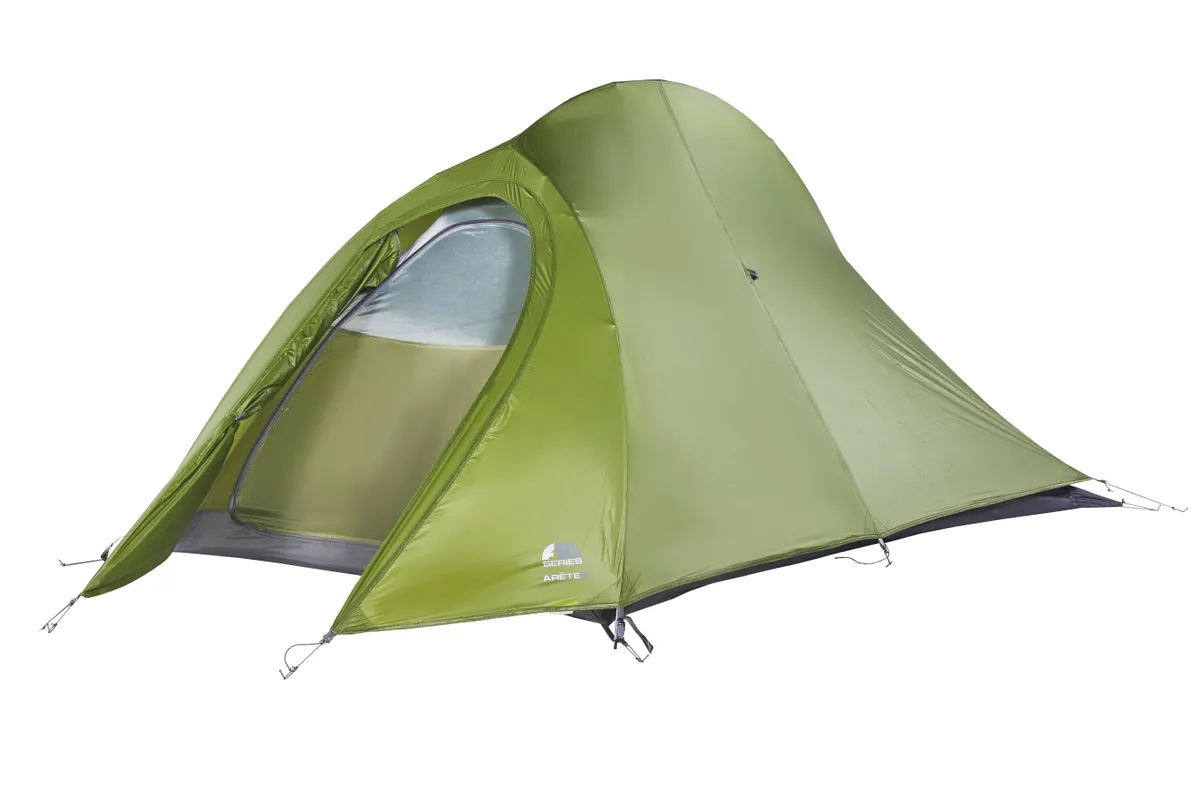
Arete2
F10, £320
With only 33% more weight than the Goldcrest, the Arete2 still counts as ultralight – and offers a big gain in space. There’s plenty of room for a solo camper, or even a pair going top-to-toe. (You had better make this a close friend – they may never have been closer.)
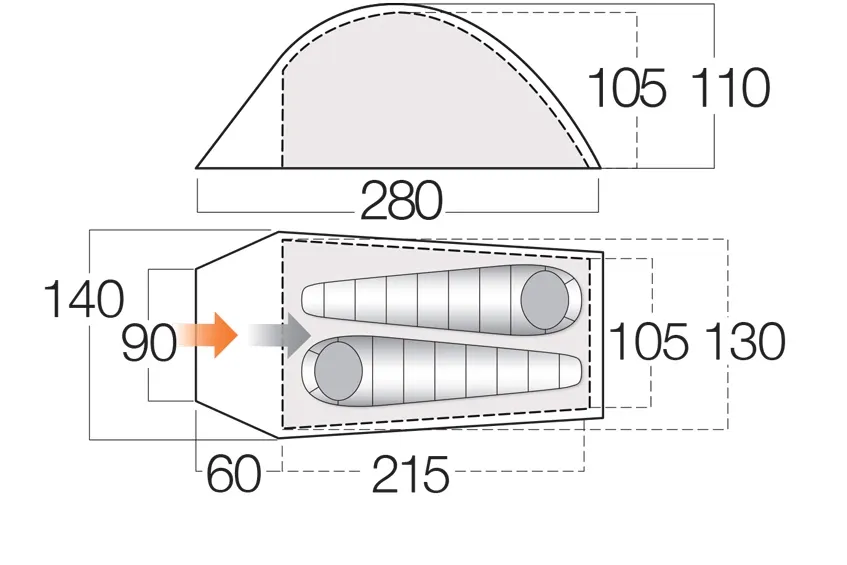
With headroom of 105cm, there’s space to sit upright, and the 60cm porch is (just about) big enough to stow two 60L packs out of the rain.
In the inner tent there are useful pockets and an internal line for drying gear or hanging a light.
It’s very easy to pitch – inner-tent first – with its reassuringly taut flysheet unruffled in the wind, and its crouched stance has an aerodynamic profile that copes well with gales – though crosswinds may move it around a bit.
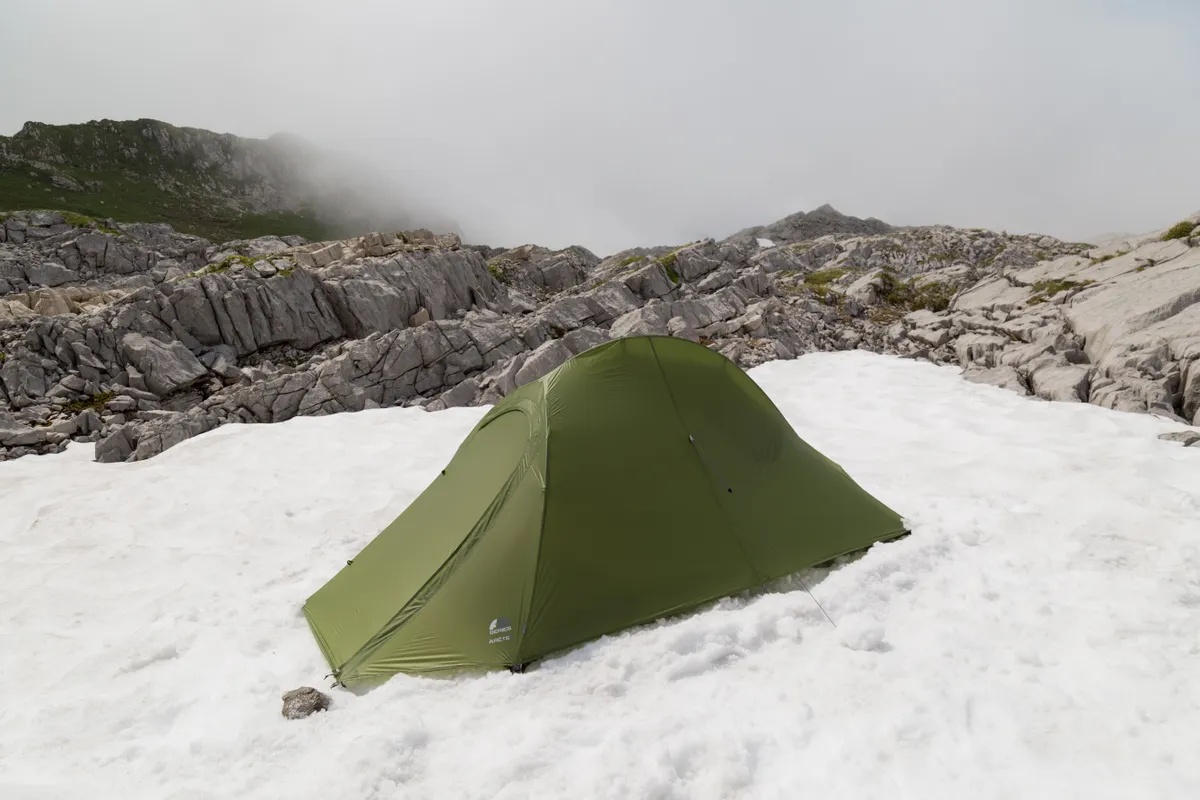
In hot, dry weather, you can even pitch the inner tent only, to provide protection from insects.
The only possible snag is that with T-shaped structure, including a single arched pole to form the spine, the rear corners of the inner tent are positioned quite close to the fly, risking a leak in very windy weather, especially when the flysheet becomes wet and inevitably slackens – though careful readjustment may help keep them apart.
Essential info
Weight: 1.54kg
Poles: alloy
Fly sheet: siliconized nylon; hydrostatic head: 5,000mm
Groundsheet: nylon, HH 6,000mm
Pack size: 47cm x 14cm
VERDICT
An ingenious design – spacious, light, and aerodynamic.

Blade Pro 100
Vango, £120
A bargain price for a tent under 2kg in weight.
At a width of 1m it is far wider than the Goldcrest 1, and the 220cm length should accommodate most tall campers.
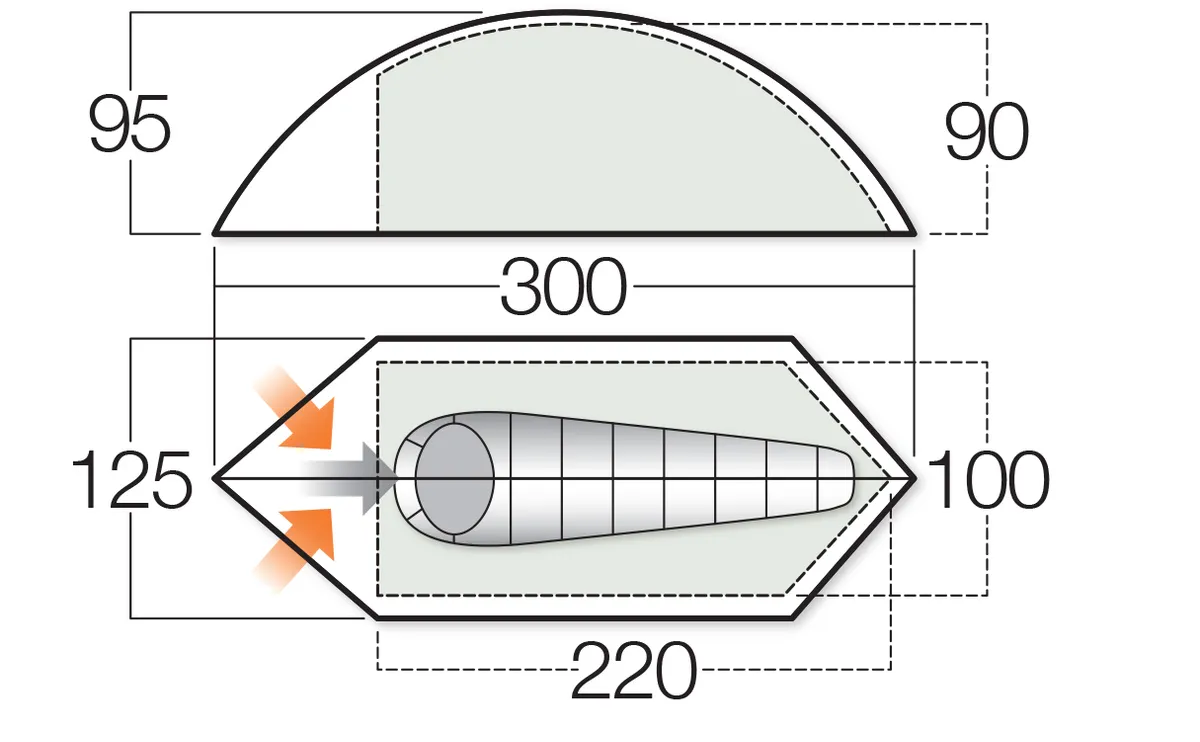
It’s a striking design, with a single pole that arcs over – giving it a narrow profile that copes well with wind – provided you take care to pitch with its prow to the prevailing breeze.
There is a significant snag, though – if you camp in an exposed spot and the wind changes direction in the night to catches your tent broadside, it’s much less stable, and the flysheet will inevitably press on the inner tent, causing a leak. If that happens, it is quick and easy to move, provided you are prepared to leap out of bed and wrangle with pegs in the night.
Pitching is easy, inner tent first. Guy lines lock easily.
Inner pockets make it easier to keep keep your kit organised.
Essential info
Weight: 1.82kg
Pitch: inner tent first
Pole: Alloy
Fly sheet: polyester; hydrostatic head 5,000mm
Groundsheet: polyester; HH 6,000mm
Pack size: 47cm x 11cm
VERDICT
Affordability is the big bonus with the Blade 100 – a great price for an ultralight tent. But be prepared to get up and re-pitch on a wet and windy night.
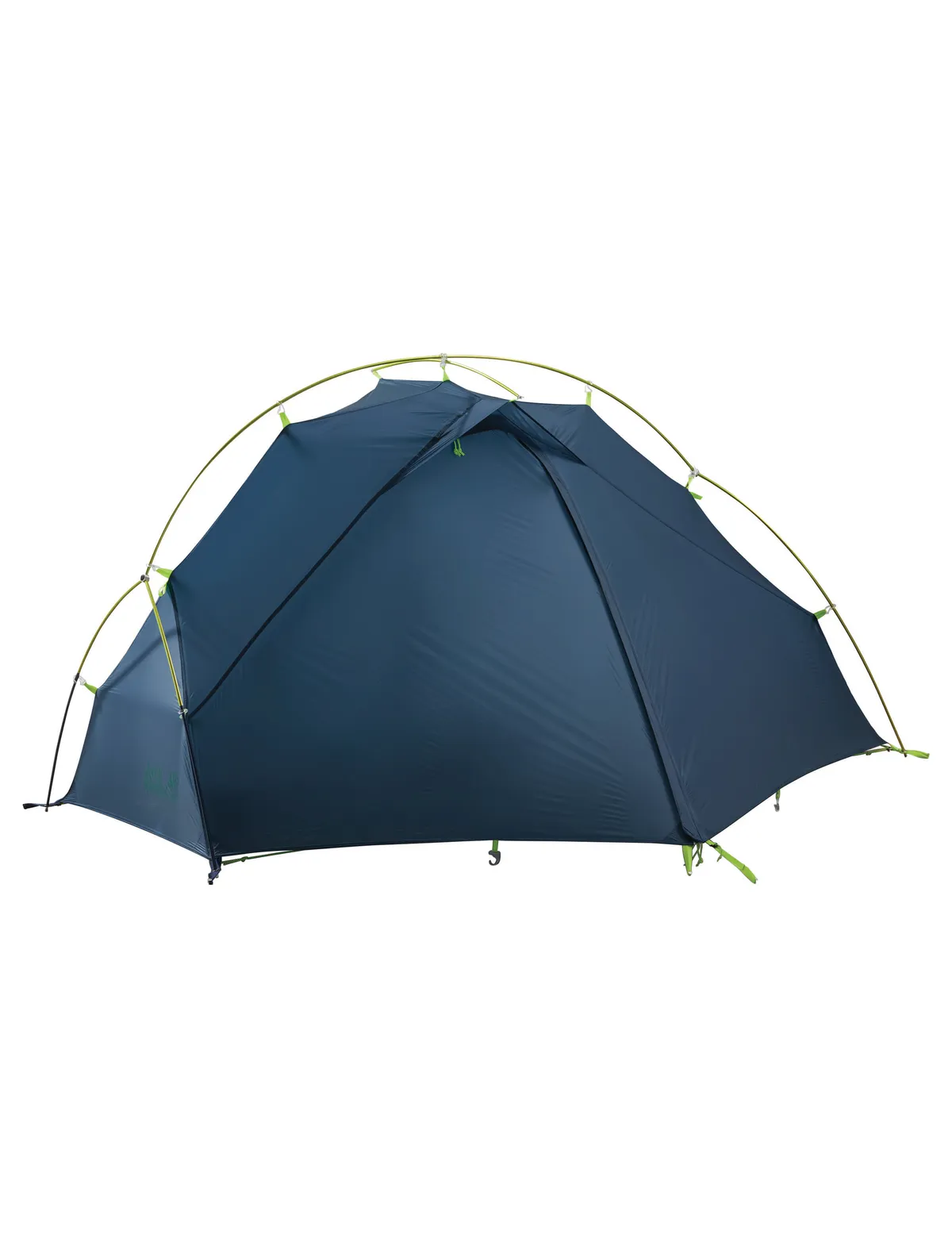
Exolight 1
Jack Wolfskin, £350
This excellent solo tent for backpackers is pleasantly light at 1.43kg, and highly wind resistant thanks to a rigid external pole structure. Extremely easy to pitch, the headroom is good inside at one metre. Although the inner tent is narrow at 60cm, there is room either side for storage, including a 70cm porch large enough for a big backpack. The inner tent is well ventilated for summer camping, its sides being mostly mesh.
Essential info
Weight: 1.43kg
Pitch: inner tent first
Pole: Aluminium
Fly sheet: siliconised nylon 20D
Groundsheet: hydrofilm siliconised nylon 40D
Pack size: 43cm x 12/10cm
VERDICT
Ultra-light and small-packing, this tent is perfect for the solo backpacker.
Alternatively, try a tarp...
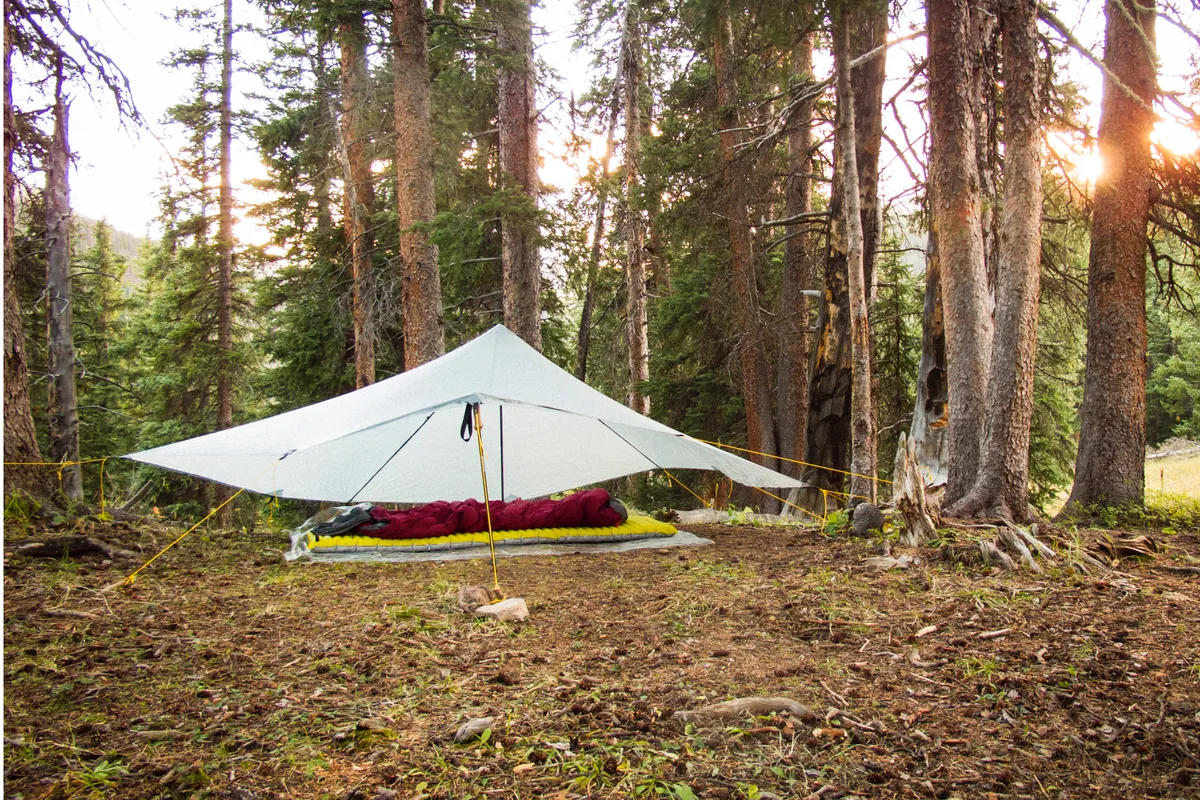
Tarps - simple sheets of waterproof farbic – can be configured in any number of ways to provide you shelter from rain, sun or dew, using guys, poles – or your your own hiking poles may double up, to save weight.
They are even lighter and cheaper than ultralight tents.
They don't keep wind or bugs out, but they do exhilarating wild experience of the fresh air.
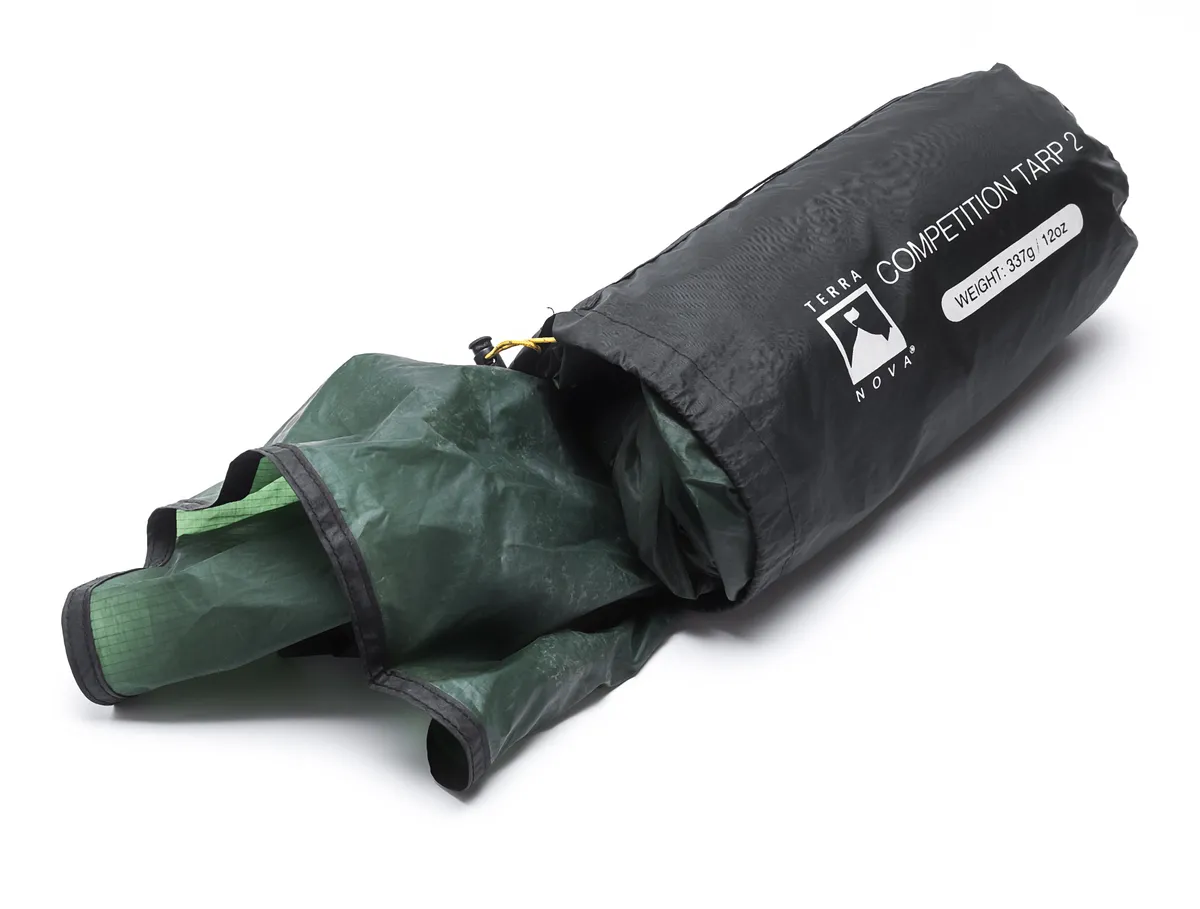
For example, the Competition Tarp 2 (Terra Nova, £130) is super smooth, quick-drying, and packs down easily into a small pouch. At2.48m by 2.9m, it's big enough for two. Although light at 290g it is also strong and robust, and provides shade and protection from rain and frost. The eight reinforced rings allow it to be used to make a range of shelter designs (we tried six) in combination with cord and pegs (not provided) and / or walking poles. It also made a good groundsheet. (Tested by Julie Brominicks.)
To save money, take a look at our guide to the best tent deals you can browse right now. Or, if you're in need of a new rucksack, see our reviews of the very best hiking backpacks you can buy today.
We've also tried and tested some of the best pop-up tents to buy, so you can find our favourites.
